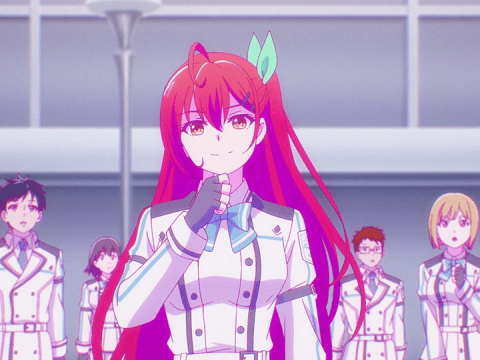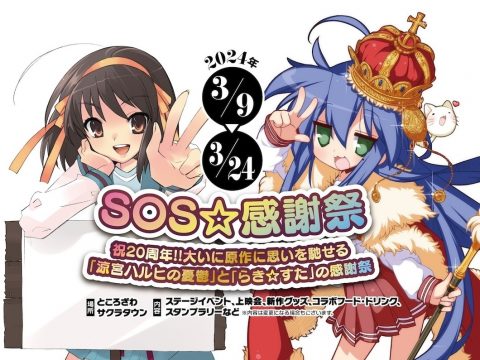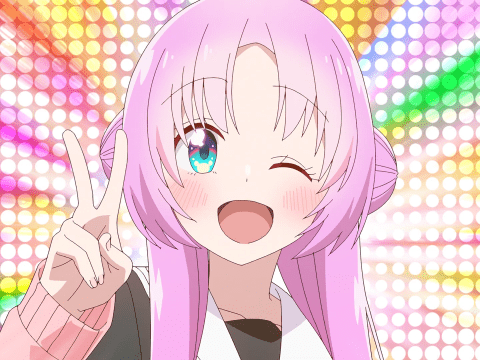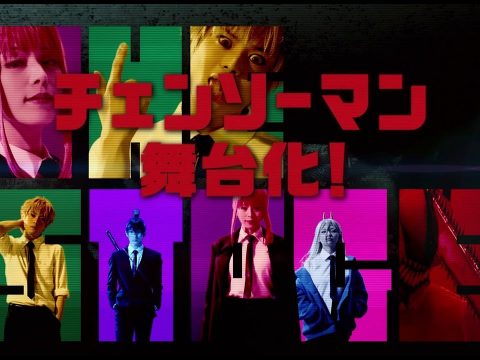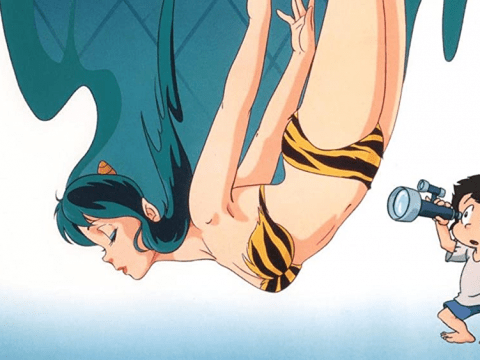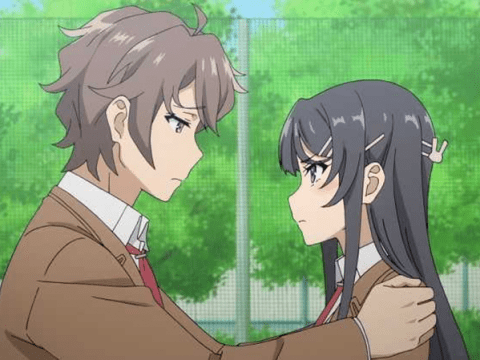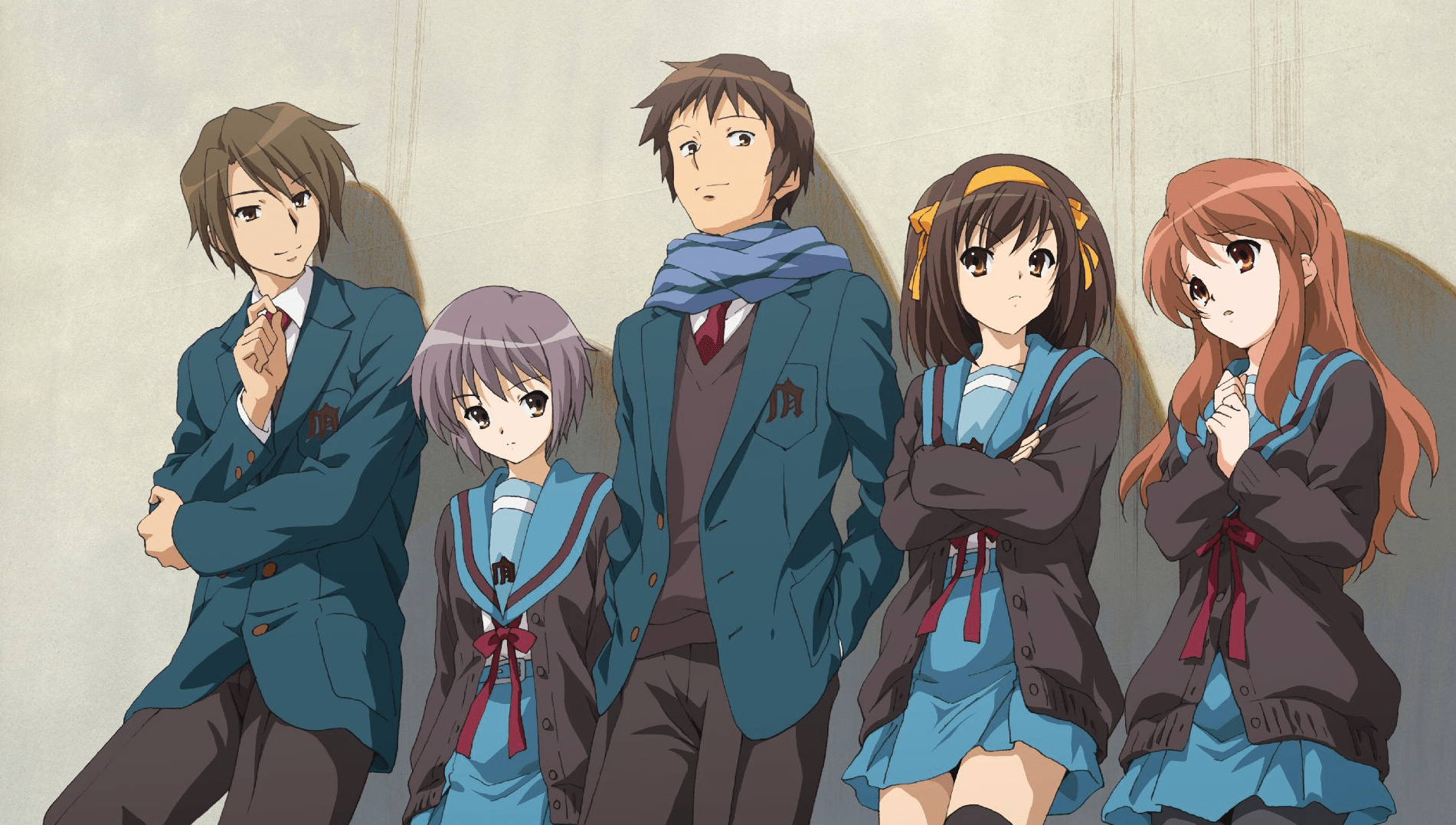
It’s hard to believe that it’s been 15 years since The Melacholy of Haruhi Suzumiya first aired. Based on the hit light novel series by Nagaru Tanigawa and Noizi Ito, the show invaded our lives on April 2, 2006. And from there it went on to unprecedented popularity, spawning a second season, film, and multiple spinoff series. A new light novel dropped recently, and the series — in all its forms — is still on our minds.
Whether you were a hardcore fan or watched it go by in your periphery, there’s no question it influenced anime fandom in its time. Here are a few things that have stuck with us.
The light novel boom.
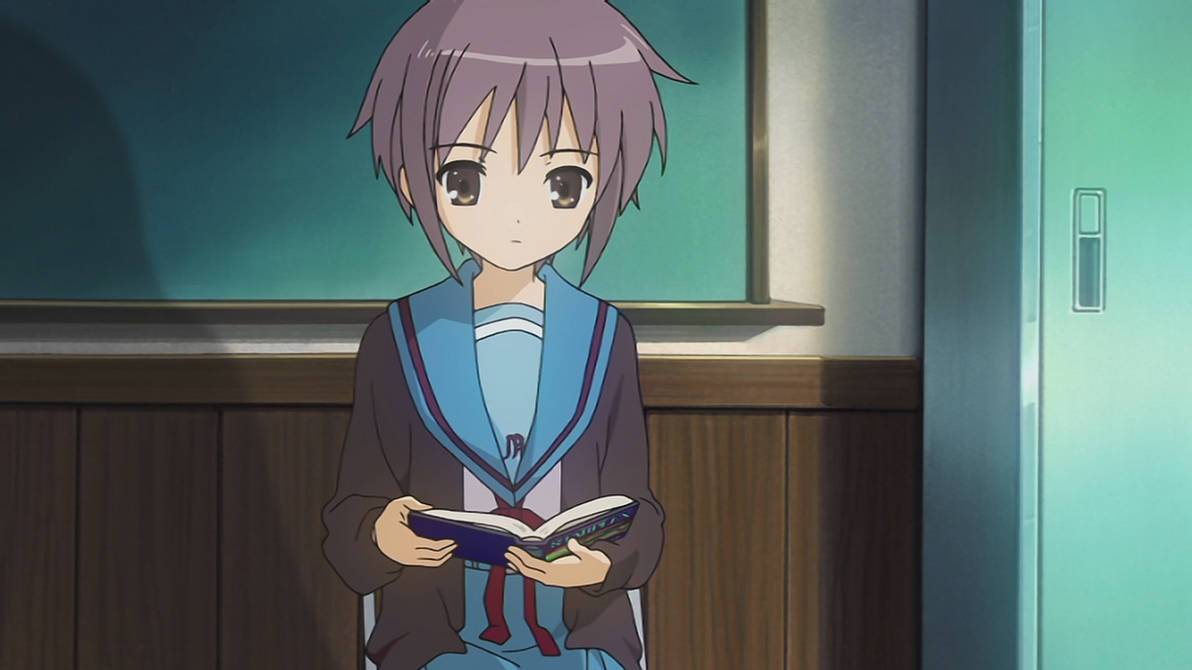
The light novel has existed for decades. Shows from Boogiepop to The Slayers all had their start in their slim, illustrated book series. Whether we knew it or not, a decent handful of our favorite anime came from light novels. But the medium remained relatively small until 2006. With the massive popularity of the Haruhi Suzumiya anime, its original light novel series got a massive boost. And then, so did others.
Titles that were already being published, which might otherwise have gotten ignored, now got more eyes on them. The popularity was reciprocal with anime: more light novel readers, more shows based on light novels, and so on. While some may argue that the field is to ranobe heavy (and that this has led to a preponderance of certain genres), it still means notoriety for the medium and for its talented writers.
All eyes on Kyoto Animation.
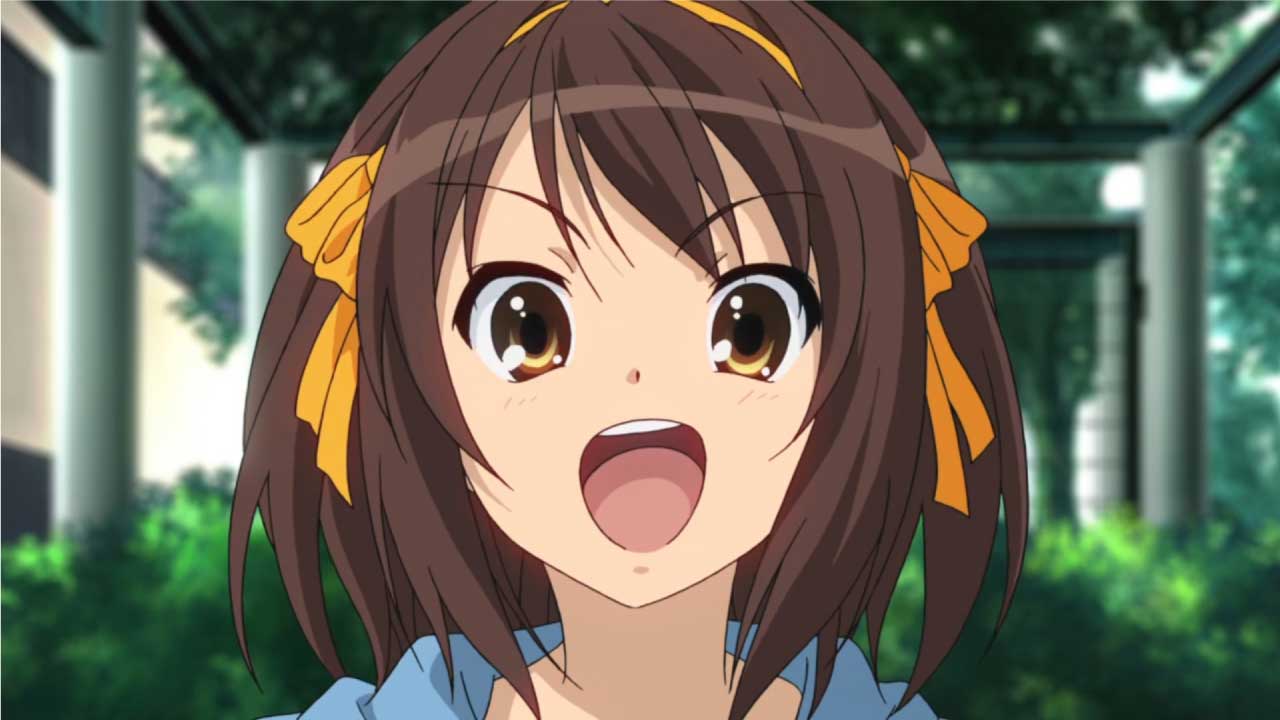
KyoAni was by no means a non-entity in 2006. It was founded all the way back in 1981, and by 2006 had produced the series Air and two seasons of Full Metal Panic! But even with the popularity of both shows, it was The Melancholy of Haruhi Suzumiya that made people take notice of the studio itself.
From there they went on to produce Lucky Star, Free! Iwatobi Swim Club, and many other shows linked by the studio’s enchanting view of everyday life. They even launched a publishing imprint and award, boosting hopeful writers. Sadly, the 2019 arson attack killed more than 30 people (including one of Haruhi‘s directors, Yasuhiro Takemoto). However, the studio’s global fandom came together in their time of need, and the company continues into the future.
Haruhi-ism.
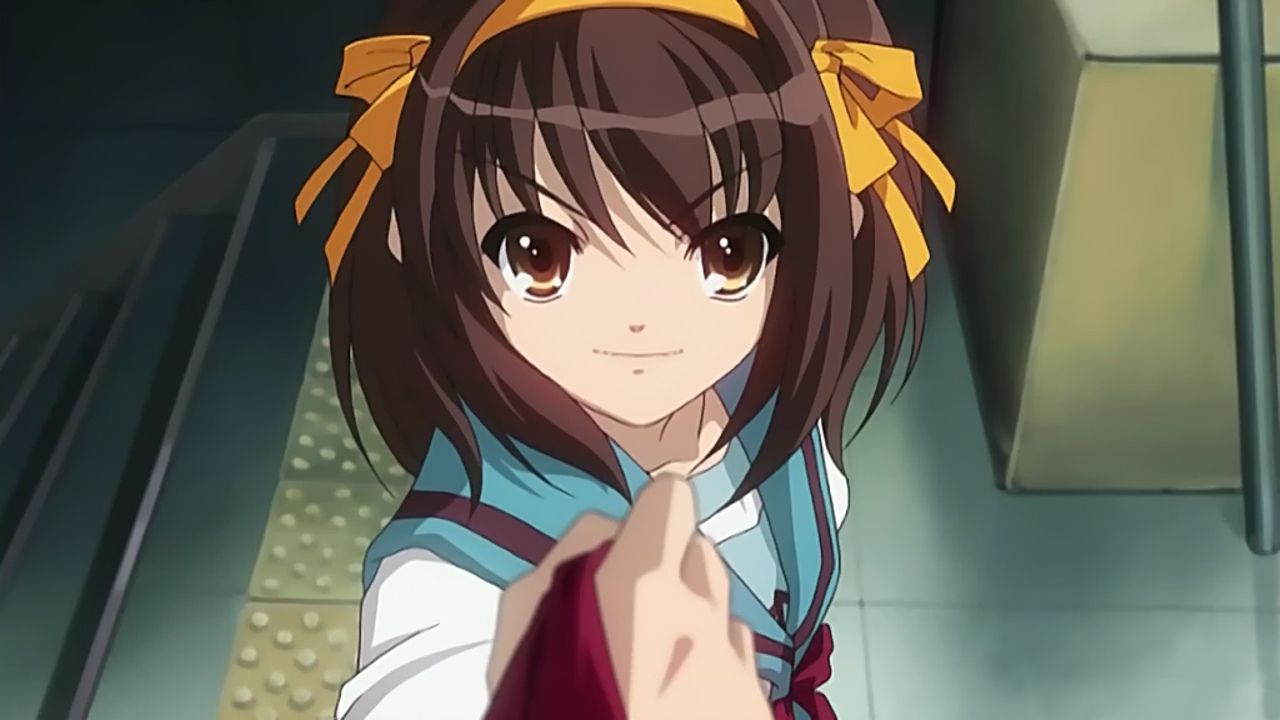
How do you even describe what Haruhi did to anime fandom around the world? The strong-minded high schooler, blissfully unaware of her own godlike powers, had a stranglehold on fans everywhere. Her story was fascinating for its mystery, the many levels of paranormal activity, and — most of all — her unapologetic confidence. If you were an anime fan in the late 2000s, you probably had a Haruhi phase. For many of us, it hasn’t ended.
Not that she’ll ever know it, but the S.O.S. Brigade leader has eager followers everywhere. Cosplayers, fans who to this day debate the meaning of the series’s many different timelines, and even just casual fans wishing for a new season. We still love Haruhi to this day… and we’re all more than aware of what kind of crazy powers she’s got up her sleeve. Even if she isn’t.
What’s your favorite thing about The Melancholy of Haruhi Suzumiya 15 years later?


